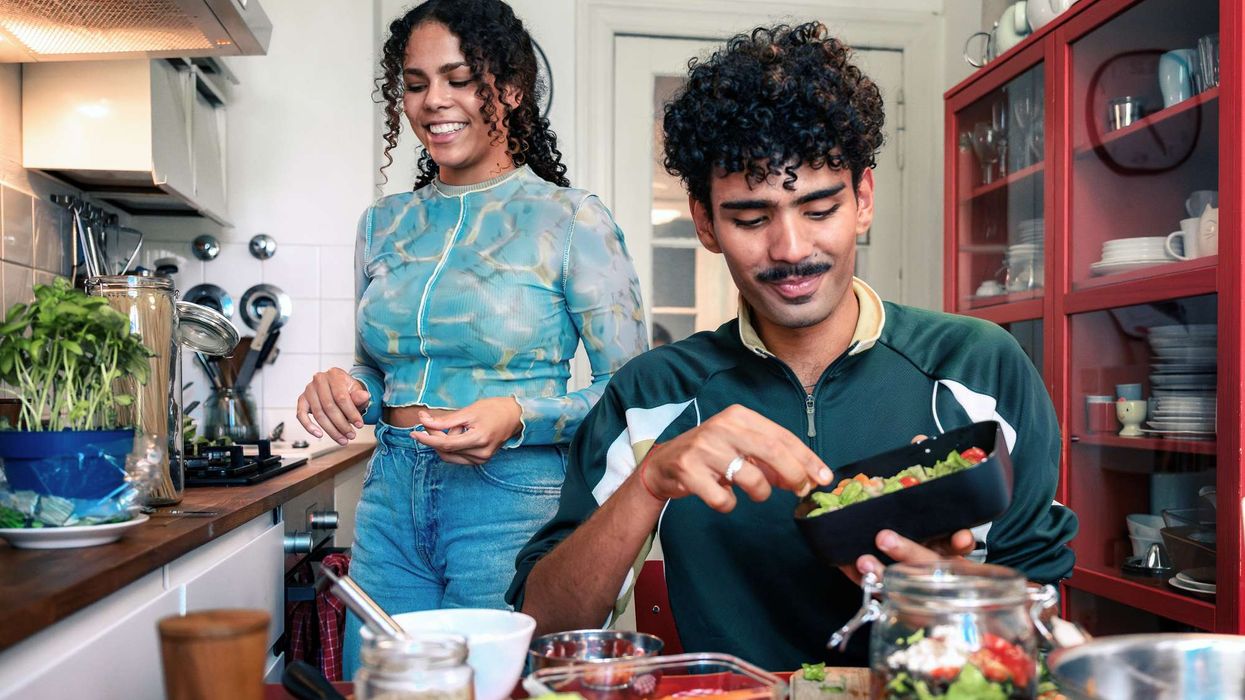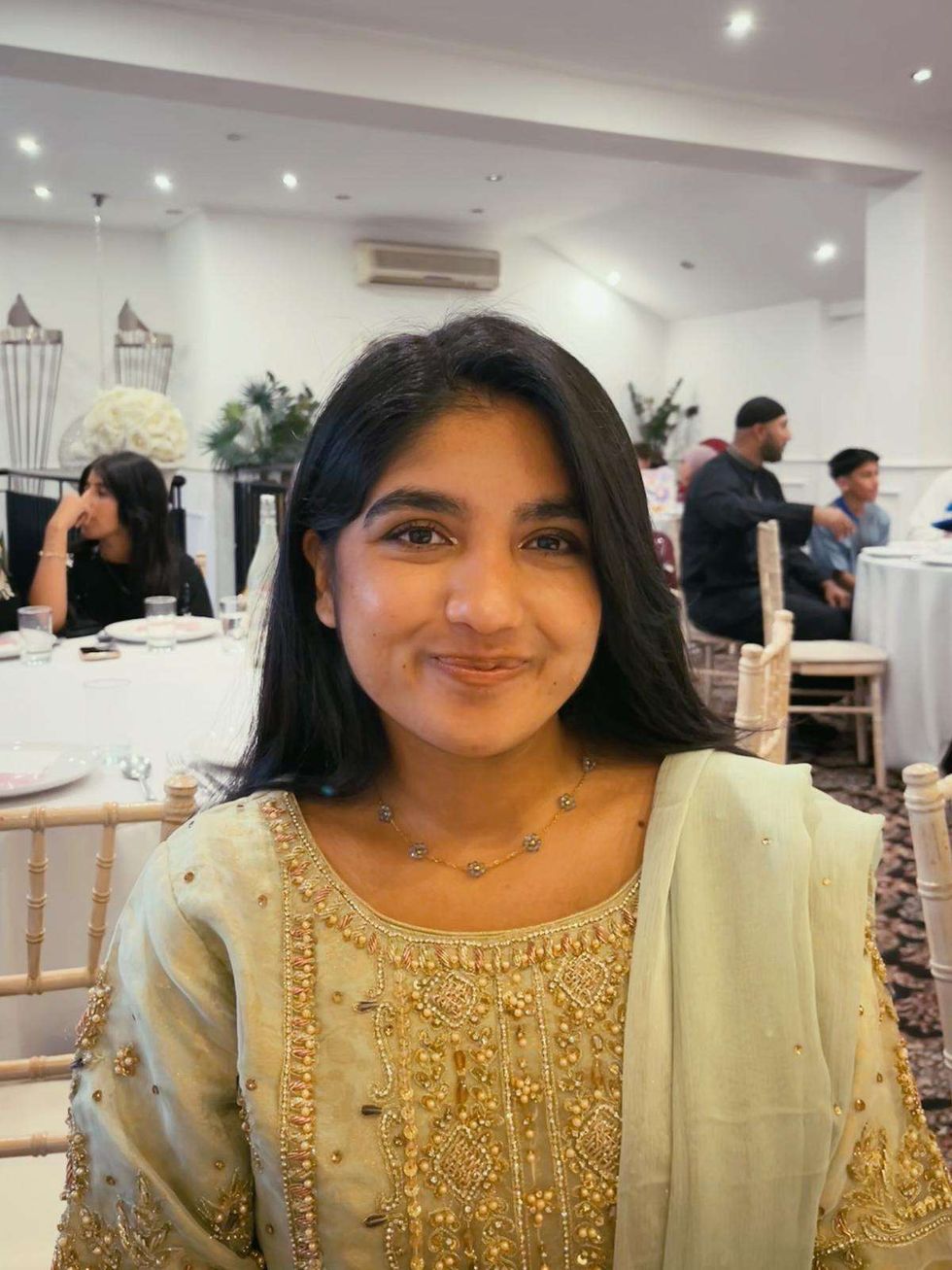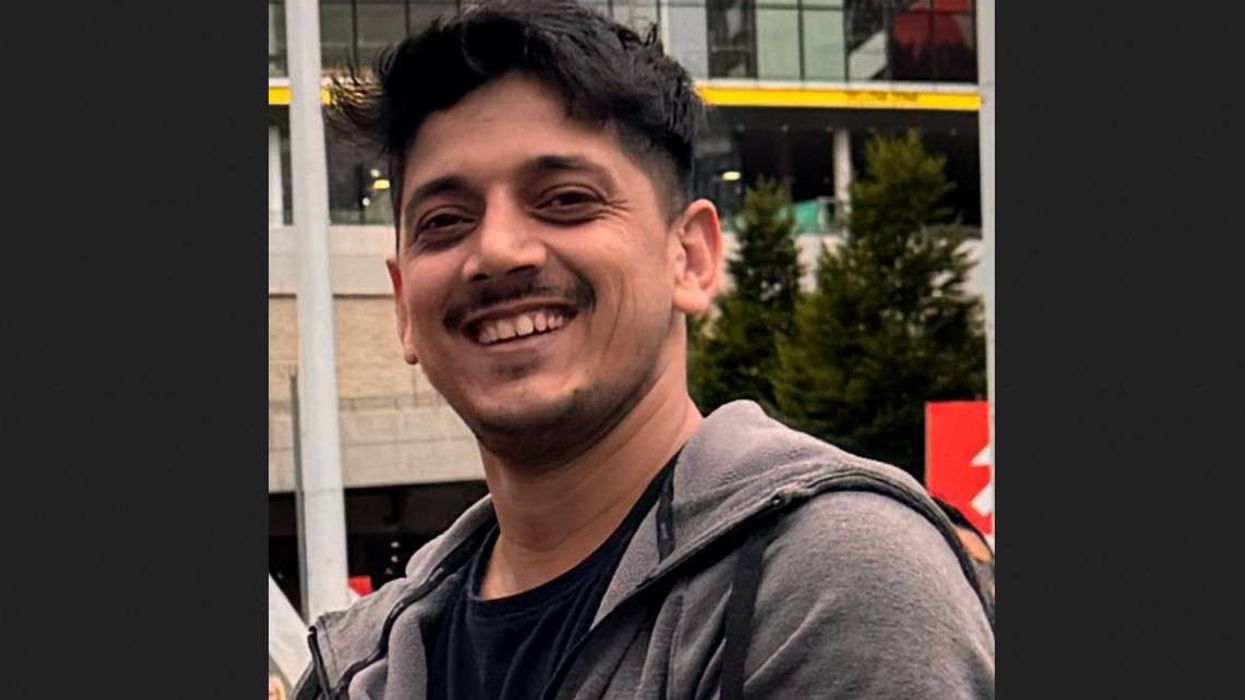SORAYA SIKANDER REFLECTS ON HER CREATIVE JOURNEY
by ASJAD NAZIR
Art has been an important part of Soraya Sikander’s life from a young age and that early passion to create has turned into a flourishing career as a world-class painter.
Today, the leading contemporary artist known for her landscapes and organic forms has made a name internationally with multiple exhibitions, which recently included being a part of the 8th Beijing International Art Biennale. She is also renowned for her pioneering calligraphy landscapes and has a rapidly growing list of collectors snapping up her work.
Eastern Eye got Soraya Sikander to tell us about her life in art.
My earliest memory connected to art is…spending my childhood travelling to different countries and spending all my time painting the sea. This is how I became a painter of landscapes, seascape, flowers and nature. Art just came naturally to me. Whenever I saw something like a landscape, it would leave an impact, and I just had to document it on canvas in my own style.
The first artists I became a fan of are…the Manga masters, who were ahead of their time with perfect illustrations. I became a collector of Japanese woodblock prints by Manga masters such as Katsushika Hokusai and Hiroshige, and learned a lot from their work. French impressionists Monet, Manet, Cezanne and Degas were all deeply inspired by Japanese woodblocks.
The first pieces of art I created were…sketching trees, valleys, lakes, landscapes and animals at school. I would sit at the back of the class and sketch away!
A childhood memory connected to art…is discarding my drawings, only to later find my teachers had pasted these on the school board! Other times, peers would collect my sketches and take them home or hang them in their lockers!
I wanted to pursue art as a career… because it just came to me naturally. Call it destiny. My teachers used to say it chose you!
I wanted to explore drawing as well as paint like classical art masters…so started studying traditional painting. I experimented at UCL’s Slade summer school in London, but found the work being produced there too conceptual. Meanwhile, in Pakistan they were practising the centuries old technique of miniature. Luckily, I found the London Atelier of Representational Arts (LARA), where I studied and observed live models and perfected my skills.
I realised drawing and painting are…ultimately internal processes, deeply personal and spanning over a lifetime. I can say with certainty now that art studying is a life-long process based on practice.
A memorable exhibition I went to see…was the Vincent Van Gogh retrospective exhibition at the Royal Academy of Arts. The collection had come from the Van Gogh Museum in Amsterdam and the work was electrifying! Rich in paints, luminescent, vivid, loud and colourful, the paintings spoke. This may explain the artworks popularity and relevance even till today.
Happy memories connected to art…is the creation! Every time I create a work of art, explore new ways to paint and the happy accidents that happen in my studio give me a lot of satisfaction. Painting has the ability to surprise the artist just as much as the viewer. As I paint nature, my work captures the complexities of development.
I have suffered for my art…and don’t regret it. There was a time I almost drowned because I was painting a seascape and to catch a better view I kept walking into the sea.
An early professional memory as an artist is…when an art collector saw me painting Christ On The Cross in a room in Unicorn Gallery and said ‘just tell me the price’. He instantly wanted to buy it. No negotiation, nothing! I must have been 17-year-old, just painting in a room, and this collector whilst looking around the gallery saw me.
My first exhibition was…A Floral Symphony on February 20, 2010. It was a solo exhibition at Unicorn Gallery, Karachi. The exhibition pieces sold out 100 per cent within an hour of its opening. Talk around town was she is the ‘best emerging artist’, and I was dubbed an ‘artist to collect’.
That first exhibition…came as a wonderful surprise as very little planning or preparation went into my show. It was just me as a young, wide-eyed, largely self-taught artist creating original work I believed in. The positive reviews have not stopped pouring in since then, which makes me work harder.
Memorable moments as a professional artist…are connected to museums I have exhibited in, including the National Art Museum of China where I have shown twice. Also, the National Museum of Dhaka, the National Art Museum of Ras Al Khaimah, Beijing Biennale, top European galleries, including Galeries Patries Van Dorst in Netherlands, Unicorn Gallery (Karachi and Lahore) and more. Each show has been memorable and I got to travel for my art!
Memorable encounters connected to art…are many, including painting with living master artist Bill Zhao in Beijing city, China, which was an honour! It’s not every day that a contemporary artist paints side-by-side with a master! Bill saw my work and completely trusted me. He saw my portfolio and trusted my judgment, allowing me to take our painting Nebula Cosmos in any direction. It was a quite a moment in Asian art history! It was the first collaboration of its kind between a sub-continental artist and a Chinese one.
The recent Beijing Biennale experience was...incredible. Having my work become popular amongst the Chinese public, who were having their photos taken next to me and recognising me at restaurants in China was joyous. This is my second exhibition there and the popularity I experienced, as well as the love and warmth, is a memory I shall cherish.
I am currently working on…a new seascape painting as well as an enormous landscape painting of Jebel Jais Mountains in Ras Al Khaimah. The new pieces reference the city’s actual sites, but only keeping them as a starting point. It is my interpretation of what I see and how I experience it.
Art is important because…it has the ability to humanise us. It tells us the secret of the cosmos. Great art serves as a gateway or a portal between our world and another, telling stories about our beginnings and ends. It takes us to the thresholds of eternity. A great work can transport us to another place and after experiencing that, we are never quite the same.
www.sorayasikander.com





 Mareyah Bhatti , a sustainability strategist and passionate home cookMareyah Bhatti
Mareyah Bhatti , a sustainability strategist and passionate home cookMareyah Bhatti






